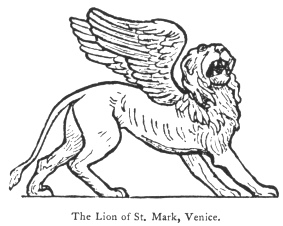Giovanni Gabrieli (circa 1553–1612) was born into a musical family in late Renaissance Venice. He succeeded his uncle, Andreas Gabrieli, as principal composer at the great Basilica of San Marco.
Continuing a musical tradition long-established in Venice, one of his major responsibilities was to compose grand music for civic and religious processions. Two major collections of Gabrieli’s work survive – the Sacrae Sinfoniae, composed in 1597, and Canzoni e Sonate, published in 1615 after his death.
His music featured contrasting choirs of instruments, with sweeping chords, brilliant counterpoint, and bold rhythms. While these works are now most often played on trumpets and trombones, his notations indicate that other wind and string instrumental combinations were possible, and so we have adapted them to our own instrumental forces.
The Canzona in Echo features contrasting brass choirs, which echo the main musical motifs. The short Sonata XIII, with a spritely dance movement in the middle, is here performed by two string choirs. The concluding Sonata XX, with its 22 separate parts and five choirs (2 brass, 2 string, 1 woodwind), is a study in solemn sonority.
Canzona in Echo Duodecimi Toni a 10, Sonata XIII a 8, Sonata XX a 22
Composed in 1597-1615
By Giovanni Gabrieli






